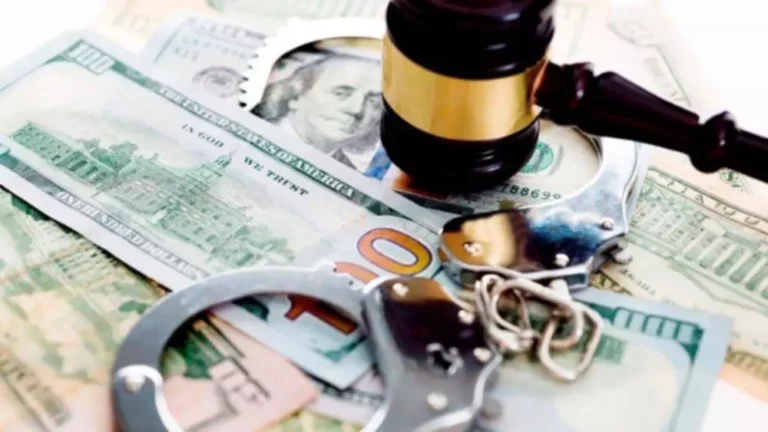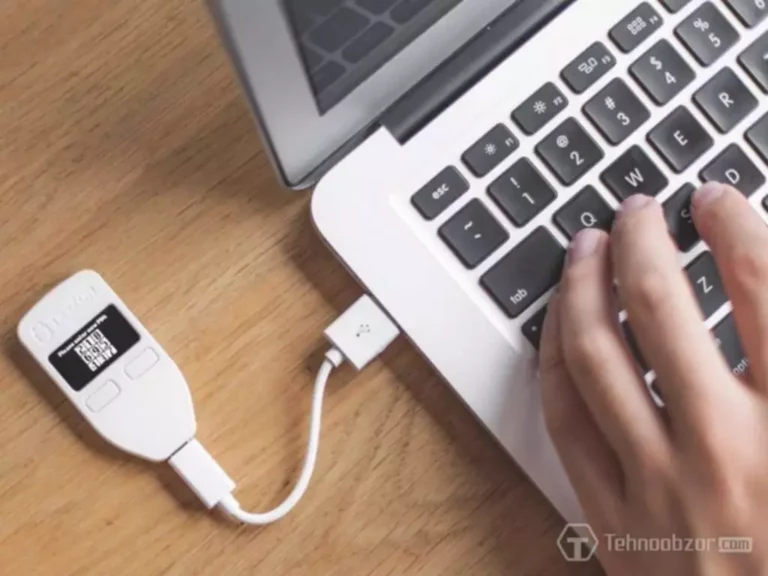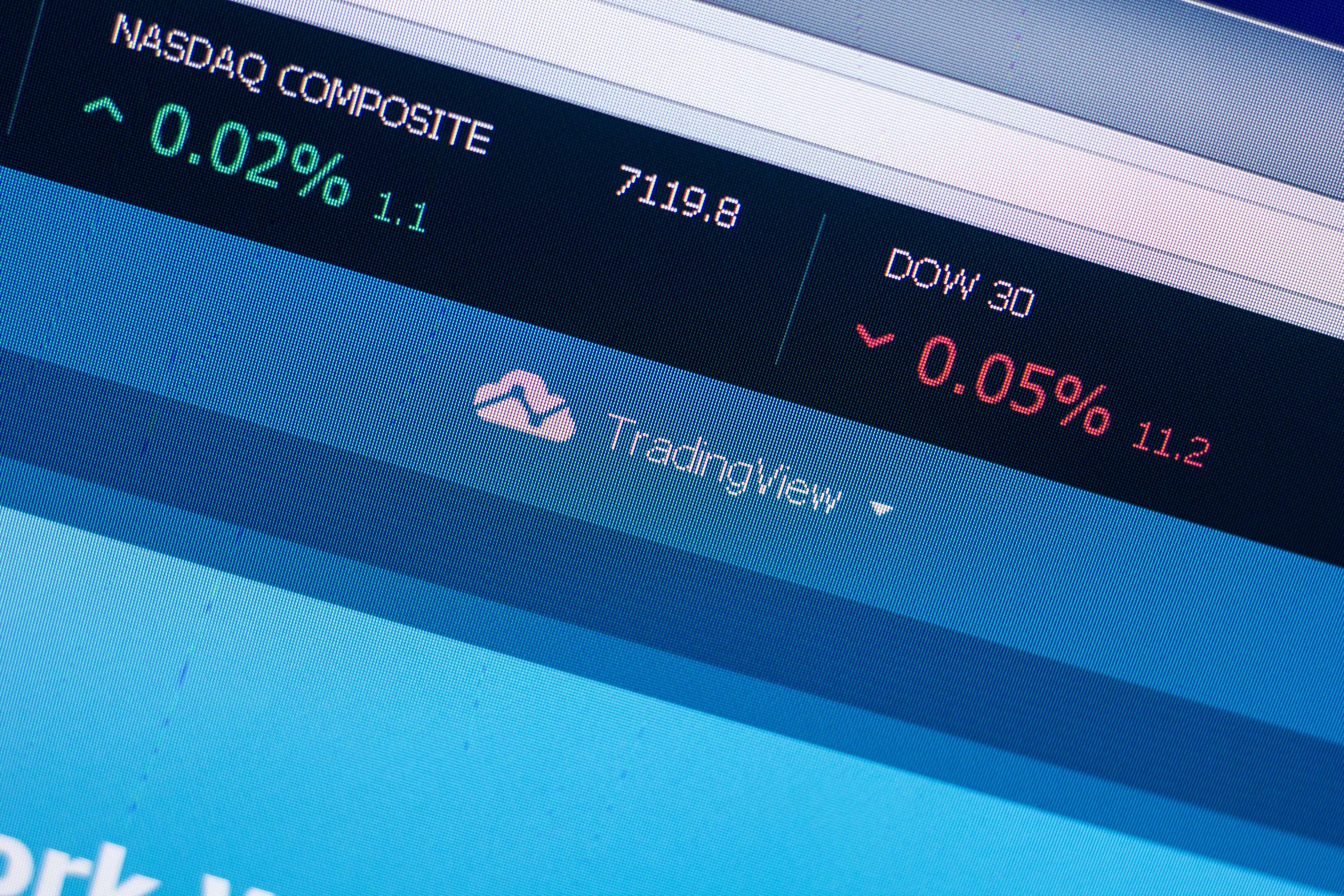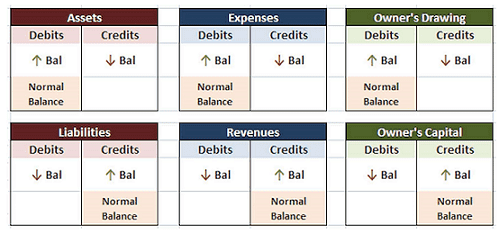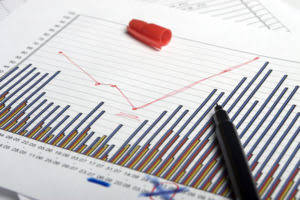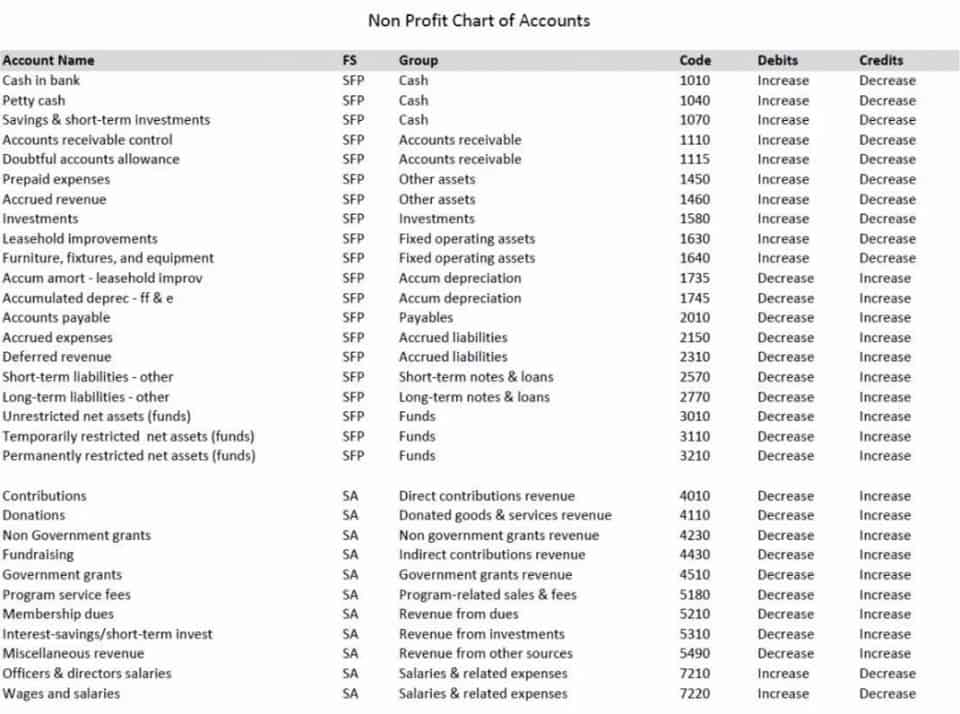When the price breaks out of the triangle and moves beyond forex triangle patterns the upper or lower Donchian channel, it confirms the breakout direction and indicates a potential trend continuation. Triangle patterns signal potential continuations or reversals of existing trends. Recognizing these formations allows traders to anticipate the potential direction of the breakout (upward or downward) and capitalize on the trend’s continuation. The buyers may not be able to break through the supply line at first, and they may take a few runs at it before establishing new ground and new highs. The chartist will look for an increase in the trading volume as the key indication that new highs will form.
Symmetrical Triangle Pattern
The price is most likely to give a breakout from any side of the pattern as the price narrows down. One key thing to remember while confirming the validity of this pattern is to always check for volumes at the time of a breakout. It is most likely that the breakout is not fake if the volume rises at the time of the breakout and you can then take the trade. Triangle pattern is important to know because it is generally formed before the price gives an exploding move either towards upside or downside. Traders expect the market to accelerate in the direction of the prevailing trend as the range of this pattern gets narrower. Professional traders typically risk 2% (or less) of their account balance on any one trade.
How to Trade Triangle Chart Patterns?
Every bounce-back results in price forming lower highs and rising swing lows. To identify a false breakout, one of the proven methods is to analyze the candlestick that is breaking the trendline or resistance zone. The candlestick that is breaching through the zone must be bigger in size than a few previous candlesticks.
Symmetrical triangle pattern trading strategy
Whenever the price tries to edge lower, it gets rejected at a key support level, bouncing back off the previous low. Technical analysis is one of the most important financial market trading aspects. The analysis sees traders leverage various indicators and study price patterns to try and understand price action to predict the direction price is likely to move. The Triangle chart pattern is a common pattern that generates unique trading opportunities. A symmetrical triangle has two diagonal trend lines with no clear support or resistance levels. It can break in any direction, so it can turn out to be a bullish or bearish pattern depending on the outcome.
Traders use the height of the pattern to project the potential price target because the consolidation within the pattern represents the magnitude of the price movement. The assumption behind this is that the price moves in similar fashion after the breakout as it did within the pattern itself. The tools used alongside an ascending triangle pattern can also affect the overall accuracy of the pattern. This means that the accuracy of this pattern will change when this pattern is used with different indicators and in different market situations.
Each bearish push is weaker than the one before, indicating increasing bullish interest as the buyers step in sooner and sooner to drive the price back higher. Ideally, you find an ascending triangle in a bullish market context where the triangle is the consolidation phase after an uptrend. Ensure the two trendlines (resistance and support) converge towards a point as the price action progresses. A triangle pattern is generally considered to be forming when it includes at least five touches of support and resistance.
This is giving us a bullish signal that a possible break is about to happen. This pattern is effective but one must also be aware of the triangle pattern’s limitations. You must always remember to manage your own risk effectively while using this pattern. For this reason, a demo account with us is a great tool for investors who are looking to make a transition to leveraged trading. Only when the price breaks the flat top with high momentum and then also closes above the flat top is the entry valid. Trend strategies are good – they may give significantly good results in any time frame and with any assets.
The function detect_ascending_triangle checks for the presence of a rising trendline and a consistent resistance level, indicating an ascending triangle. On detecting a breakout above the resistance level, an automated trade could be triggered according to the trader’s predefined strategy. Symmetrical triangles are unique as they can serve as either continuation or reversal patterns, depending on the preceding trend and breakout confirmation. Traders often rely on additional indicators to interpret the market sentiment accurately. Triangle patterns are graphical representations created by plotting trendlines along converging price points, ultimately forming a triangular shape.
The upper trendline must be horizontal, indicating nearly identical highs, which form a resistance level. The lower trendline is rising diagonally, indicating higher lows as buyers patiently step up their bids. Triangle patterns are aptly named because the upper and lower trendlines ultimately meet at the apex on the right side, forming a corner.
Some traders choose to wait until the price has moved twice the average true range (ATR) outside of the pattern. None of these methods will guarantee that you won’t suffer false breakouts. A triangle trading pattern is drawn by connecting swing highs with a trend line and swing lows with another trend line. As the price moves in between, the two trend lines eventually converge, forming the triangle. The idea is to buy or go long whenever the asset price breaks above the upper trend line on huge volume.
- In view of this, we can conclude that when the ascending triangle is formed in the technical analysis, the prices go higher and higher, whereas the highs remain on the same level.
- The inverse triangle is traded based on the same principle as the previous bullish pattern.
- Axi makes no representation and assumes no liability with regard to the accuracy and completeness of the content in this publication.
- You can use previous price data to backtest and develop your triangle pattern trading strategies.
- The patterns connect the beginning of the upper trendline to the beginning of the lower line.
- Prior to the formation of the ascending triangle on the chart, there is a bullish price movement.
Traders are suggested to trade in the same direction of the market to make significant profits. Three potential triangle variations can develop as price action carves out a holding pattern, namely ascending, descending, and symmetrical triangles. Technicians see a breakout, or a failure, of a triangular pattern, especially on heavy volume, as being potent bullish or bearish signals of a resumption, or reversal, of the prior trend. They track price patterns over time to make predictions about future price performance. Named for its resemblance to a series of triangles, the triangle chart pattern is created by drawing trendlines along a converging price range.
- We’re also a community of traders that support each other on our daily trading journey.
- The triangle pattern also helps traders in finding good trading opportunities and predicting the future price movements.
- This article is a brief guide on triangle patterns, their variations, and what should be considered when working with them in trading practice.
- The target price of the triangle pattern is usually equal to the total range of the pattern.
- A descending triangle pattern is a bearish continuation pattern which forms with a horizontal support line that connects with the identical lows and a downward sloping resistance line.
- It is formed by a horizontal support line at the bottom and a downward-sloping trendline of lower highs.
- Understanding the distinctions between the triangles discussed allows traders to anticipate market direction based on patterns that reveal underlying bullish or bearish moods.
A symmetrical triangle is different from the other two types of triangle pattern. A symmetrical pattern forms when the price is narrowing under a downward sloping resistance line and an upward sloping support line. The success rate of a triangle pattern in technical analysis is subjective.
Which trading pattern is best?
- Ascending Triangle. The Ascending Triangle is a chart pattern indicating a bullish market sentiment with the likelihood of an upward breakout.
- Descending Triangle.
- Head and Shoulders.
- Inverse Head and Shoulders.
- Double Top.
- Double Bottom.
- Cup and Handle.
- Flags.
Nonetheless, once the trade is triggered, the initial profit target was set to be equal to the size of the ascending triangle pattern, as demonstrated by the two upward-pointing arrows (red). Here, the Stop Loss should be just below the ascending trend line of the bar that broke the triangle. Regardless of how you want to integrate triangle patterns into your trading strategy, it will provide you with a unique edge.
Therefore, to establish the potential support and resistance levels, and take a trade at one of them, the price must touch the level at least three times. A triangle shows a decrease in volatility, that could eventually expand again. This provides analytical insight into current conditions, and what type of conditions may be forthcoming.
What are the 7 types of triangles?
There are six types of triangles in geometry. They are called the acute, obtuse, right, isosceles, equilateral, and scalene triangles.


